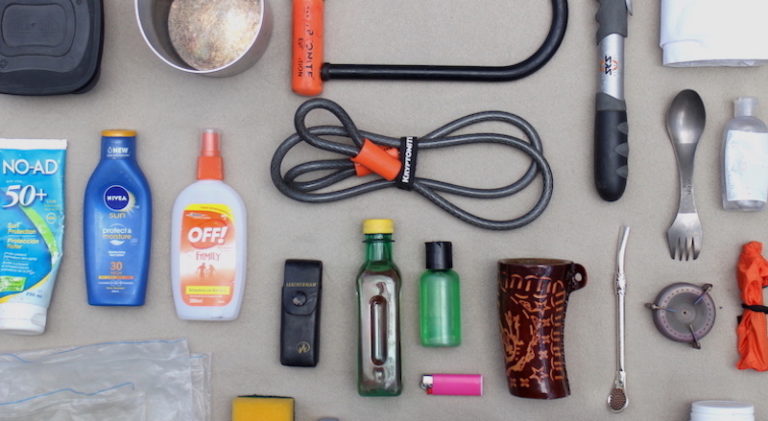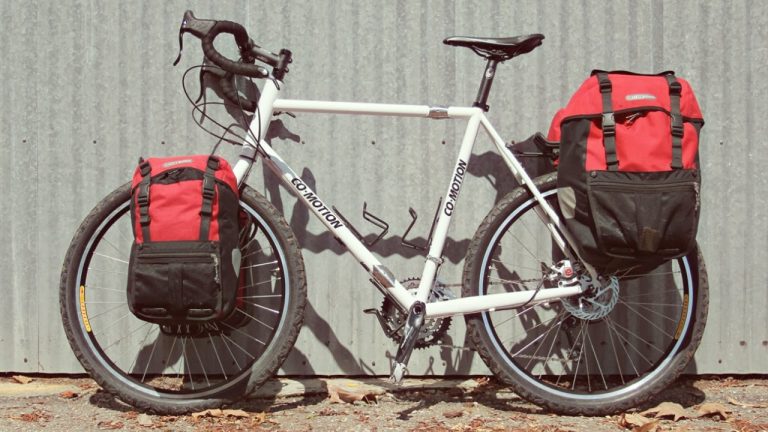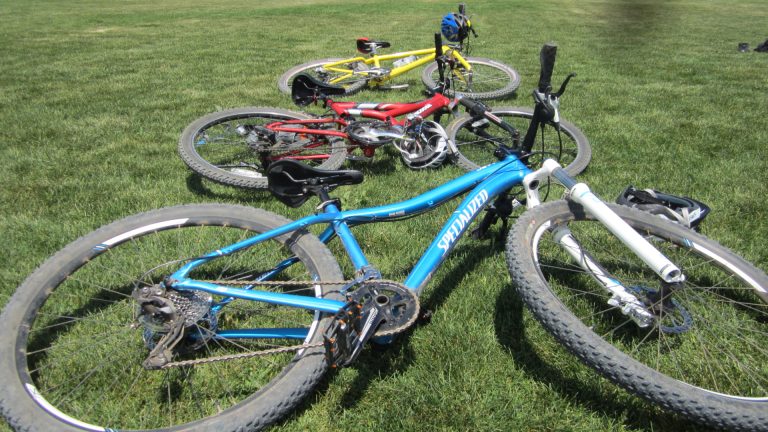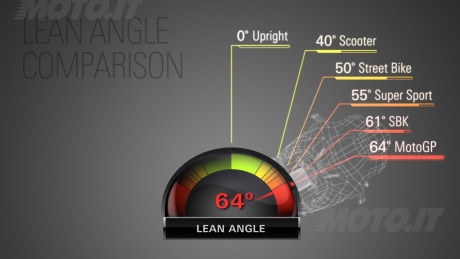Introduction
For long-distance cyclists, proper maintenance is crucial in ensuring a safe and efficient ride. Cycling over extended distances can put various components of a bicycle under significant stress, underlining the importance of a comprehensive maintenance checklist. This not only enhances cycling performance metrics but also mitigates risks associated with wear and tear. Whether you are embarking on an endurance race or leisurely exploration, integrating best bike maintenance tips into your routine can make all the difference. In this article, we’ll provide a detailed maintenance checklist for long-distance cyclists, offering insightful tips to maximize your biking experience.
Training Techniques for Cyclists
Training for long-distance riding requires not only physical preparation but also, crucially, readiness of your equipment. Start with a thorough bike inspection, checking tire pressure to ensure optimal road grip and riding efficiency. Maintaining consistent tire pressure reduces rolling resistance and defends against flats. Alongside checking tires, chain lubrication is vital. Proper lubrication minimizes friction, prolonging the chain’s life and ensuring smooth gear shifting. Performing preventive maintenance on these components routinely will keep mechanical issues at bay.

Cycling Cadence and Performance Metrics
Understanding your cycling cadence and using performance metrics effectively can significantly improve your training outcome. Train with intervals and power-based sessions to simulate long-distance conditions. Power meters, which track the effort exerted, enable you to evaluate and refine your technique. Additionally, tracking your VO2 Max—a key indicator of aerobic fitness—can help you gauge your improvements over time. Such metrics are invaluable in optimizing endurance training.
Best Nutrition Practices for Cyclists
Nutrition is the cornerstone of any successful long-distance cycling venture. Proper pre-ride preparation involves consuming high-carbohydrate meals to store glycogen, providing fuel for your journey. Integrate hydration systems into your bike accessories, ensuring easy access to water or electrolyte-rich drinks. This is essential for maintaining your endurance and concentration levels during extended rides. Additionally, carrying spare parts, like extra tubes and a tire repair kit, equips you for emergency repairs in case of unplanned stops.
Cycling Safety Tips
Safety on the road begins long before the ride itself. Conducting a safety inspection is non-negotiable for long-distance cyclists. Go through a detailed brake check and gear adjustment. Additionally, wheel alignment and spoke tension need regular assessment to avoid any mishaps. Including such tasks in your maintenance checklist ensures that your bicycle is performing at its peak and minimizes the chances of breakdowns that could compromise your safety.
How to Choose the Right Cycling Gear
Choosing appropriate cycling gear is another aspect of long-distance cycling that deserves attention. Comfortable clothing, including padded shorts and weather-appropriate layers, can make or break your ride. Consider lightweight rain jackets or wind vests that can be easily stowed away. In terms of tools, a well-equipped toolkit is vital. Ensure you have a multi-tool for on-the-go adjustments and repairs. These essentials pave the way for not just comfort but reliability in handling unforeseen cycling scenarios.
Wear and Tear: Recognizing Signs and Solutions
Understanding wear and tear signs on your bike and gear is crucial for maintaining longevity and performance. Look for visible changes, like worn-out brake pads or deteriorated tires, and address them promptly. Regular bike cleaning can also prevent fast accumulation of dirt and grime, potentially leading to malfunctions. Consistent upkeep reduces the likelihood of major repairs down the line, keeping your investment in prime condition.
Road Conditions and Riding Efficiency
Awareness of road conditions can greatly influence your ride’s efficiency. Mapping out your route to avoid poor road conditions and utilizing cycling apps for insights can significantly enhance the riding experience. When roads are smooth, it benefits your wheels and prolongs their lifespan; while rougher terrains demand more frequent maintenance checks. It is always wise to adapt your maintenance checklist to anticipated road conditions.
Actionable Bike Maintenance Guide
As you prepare for a long-distance cycling adventure, follow this step-by-step maintenance checklist to bolster your bike’s performance:
– Start with a bike inspection: Go over basic aspects like tire pressure and chain lubrication as foundational checkpoints.
– Perform a safety inspection focusing on brake check, gear adjustment, and wheel alignment.
– Assemble your toolkit essentials, including a multi-tool and tire repair kit.
– Pay attention to cycling gear and ensure it fits the demands of your anticipated ride.
– Lastly, plan for your ride with route assessments incorporating road conditions and personal tuning for endurance cycling.

Advanced Training Techniques
For cyclists looking to push boundaries, incorporating advanced training techniques like mental resilience and interval training can be transformative. Endurance is as much psychological as it is physical; therefore, training your mind to stay focused and upbeat during grueling phases can be advantageous. Moreover, interval training enhances your body’s capacity to perform under stress, improving overall endurance on long rides. These components, along with established bike maintenance, coalesce to elevate your cycling prowess.
Mental Resilience in Long-Distance Cycling
Cultivating mental resilience allows cyclists to overcome hurdles presented by tough courses. Techniques like mindful breathing, positive visualization, and setting incremental achievement goals can enhance your ability to handle cycling’s demands. Such mental preparations enable cyclists to maintain poise and motivation, even during challenging stretches.
Data, Metrics, and Studies
Numerous studies have highlighted the benefits of systematic maintenance and preparation for enhanced cycling performance. Research indicates that cyclists who consistently adhere to a maintenance checklist experience reduced mechanical failures and improved endurance efficiency. Additionally, embracing performance tracking tools like heart rate monitors and GPS devices enables data-driven approaches to training, offering tangible metrics to optimize routine and performance.
User Intent and Benefits
For cyclists curious about harnessing optimum performance, the benefits of following a meticulous maintenance checklist cannot be overstated. Cyclists, whether novices seeking techniques for beginners or seasoned bikers optimizing workouts, gain immensely from systematic bicycle maintenance. It directly influences factors like riding efficiency and overall cycling safety. By adhering to maintenance routines and utilizing the right equipment, cyclists can ensure reliable, safe, and rewarding biking experiences.
FAQs
1. Why is a maintenance checklist crucial for long-distance cyclists?
A maintenance checklist ensures that all aspects of the bike are in optimal condition, reducing the risk of mechanical failures during rides and promoting riding efficiency and safety.
2. How often should I perform bike maintenance?
Inspect critical components like tire pressure and chain lubrication before every long ride. A more thorough maintenance, including checking spoke tension and gear adjustment, should be done regularly, depending on riding conditions.
3. What are essential items in a cyclist’s toolkit?
Key items include a multi-tool, tire repair kit, spare tubes, chain lubricant, and portable pump. These tools are fundamental for handling mechanical issues mid-ride.
4. How can tracking performance metrics benefit my cycling?
Tracking performance with tools like power meters and heart rate monitors provides insights into your training progress and helps in setting personalized performance goals.
5. What role does nutrition play in long-distance cycling?
Proper nutrition provides the necessary energy for sustained endurance and helps maintain electrolyte balance, reducing fatigue and improving overall performance.
Conclusion
Long-distance cycling demands both physical prowess and mastery over equipment management. By integrating a comprehensive maintenance checklist, cyclists can ensure their rides are safe, efficient, and enjoyable. This methodical approach not only extends the lifespan of your bicycle but also significantly optimizes your cycling performances. Whether you’re a seasoned veteran or a newcomer to the world of cycling, taking these steps can greatly enhance your experience. So, gear up, tend to your bike, and get ready for smoother, more rewarding rides!






